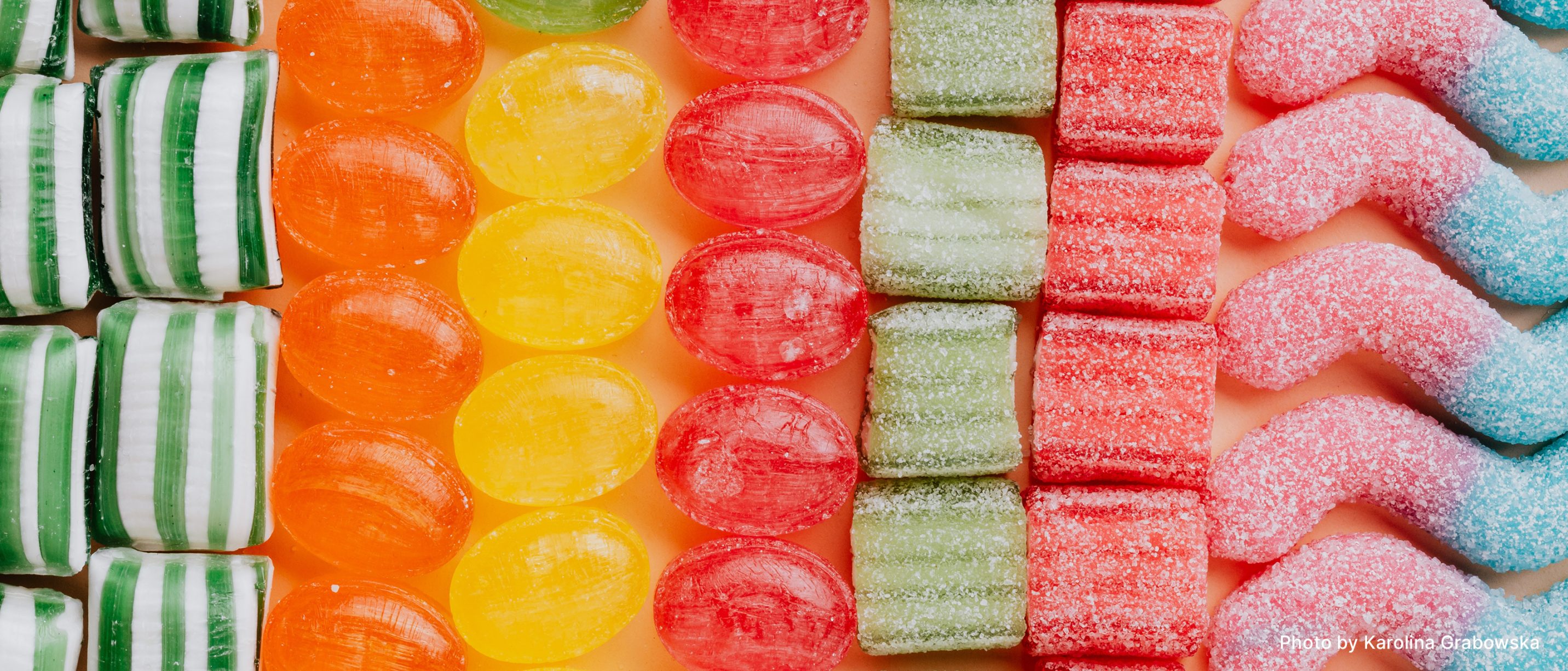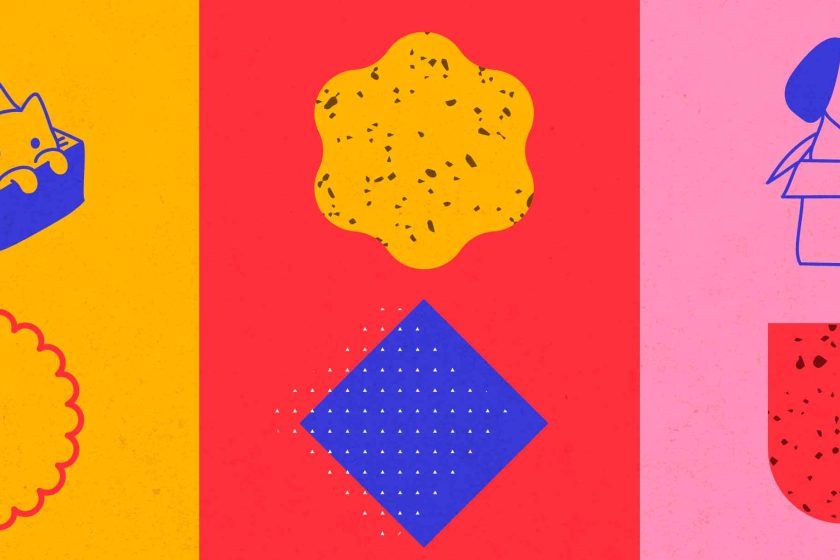

Eight questions to ask that will help determine the scale of evolution for your CPG food brand package design refresh.
When building a strategic foundation for a successful CPG food brand packaging and branding design refresh, you must “know thyself” but, equally important, “know thine enemy” as well. Not only is it essential to understand your competition, but having the context against which to judge your equities is also valuable.
I’ve often made a fuss over understanding your existing equity before you make any changes when undergoing a CPG brand refresh. I’ve also espoused the necessity of conducting a brand equity study to understand which attributes should be considered hard and soft points on your current packaging.
But another critical way to determine existing equities is through competitive analyses. The danger of competitive examinations when undergoing a refresh is accidentally leaning too far in your competitors’ direction. Your refresh is not simply about a packaging redesign; it’s about repositioning your brand in the minds of competitors’ consumers. You aim to steal market share and gain preferential purchase power.
Therefore, you must show consumers why and how you are better, and that’s especially difficult because they are already loyal to another brand. When repositioning your brand, it’s important to remember that people’s wants, needs, and values may differ now from when you first launched the brand. This is the time to examine the brand’s external truths and ascertain how strategy, messaging, and aesthetics should change to stay relevant.
Your refresh is not only about a packaging redesign; it’s about repositioning your brand in the minds of competitors’ consumers.
When analyzing your competition, there are eight categories you should use to evaluate the effectiveness of their packaging design and brand positioning to better your own.
1) Key equities: What key components of the design language make the brand recognizable, and how are these elements leveraged to provide visual continuity for current customers? (Examples: packaging structure, strength of the identity.)
2) Quality perceptions: Elevated food imagery, clear on-pack navigation, and prominence of brandmark convey trustworthiness in the brand and product. How are they performing?
3) Brand personality: Is competition leveraging cues inherent in the appropriate category? For example, organic shapes and curves can add a note of playfulness more suitable for a treat than a meal.
4) Relevance: Does their package design communicate benefits intuitively? Does the shopper immediately understand the product and why they ‘need’ it?
5) Taste appeal: From photography lighting to specific color palettes, how does your competition speak to deliciousness?
6) Brand blocking: Strong brands build recognition through a domineering presence at shelf. Even without many SKUs, bold color, strong branding, and consistent communication work wonders for brand blocking at the shelf.
7) Communication architecture: Successful brands align communication hierarchy with the customer journey and give battling elements a clean, calm space to help the eye find its way across the pack.
8) Today and tomorrow: Those that embrace new challenges relevant to today’s consumer and include some foresight have staying power. Examples include upgrading packaging to sustainable materials or changing messaging that risks sounding tone-deaf.
It’s easy to become mired in the status of your brand and your little corner of the retail shelf. But shoppers do not experience products in a vacuum in the retail environment, where patience is thin, and competition is fierce. Your best offense is defense. Therefore, a deep, measured understanding of the attributes that create value for your competitors will only reinforce your strategic thinking and help you carve out precious white-space opportunities.










